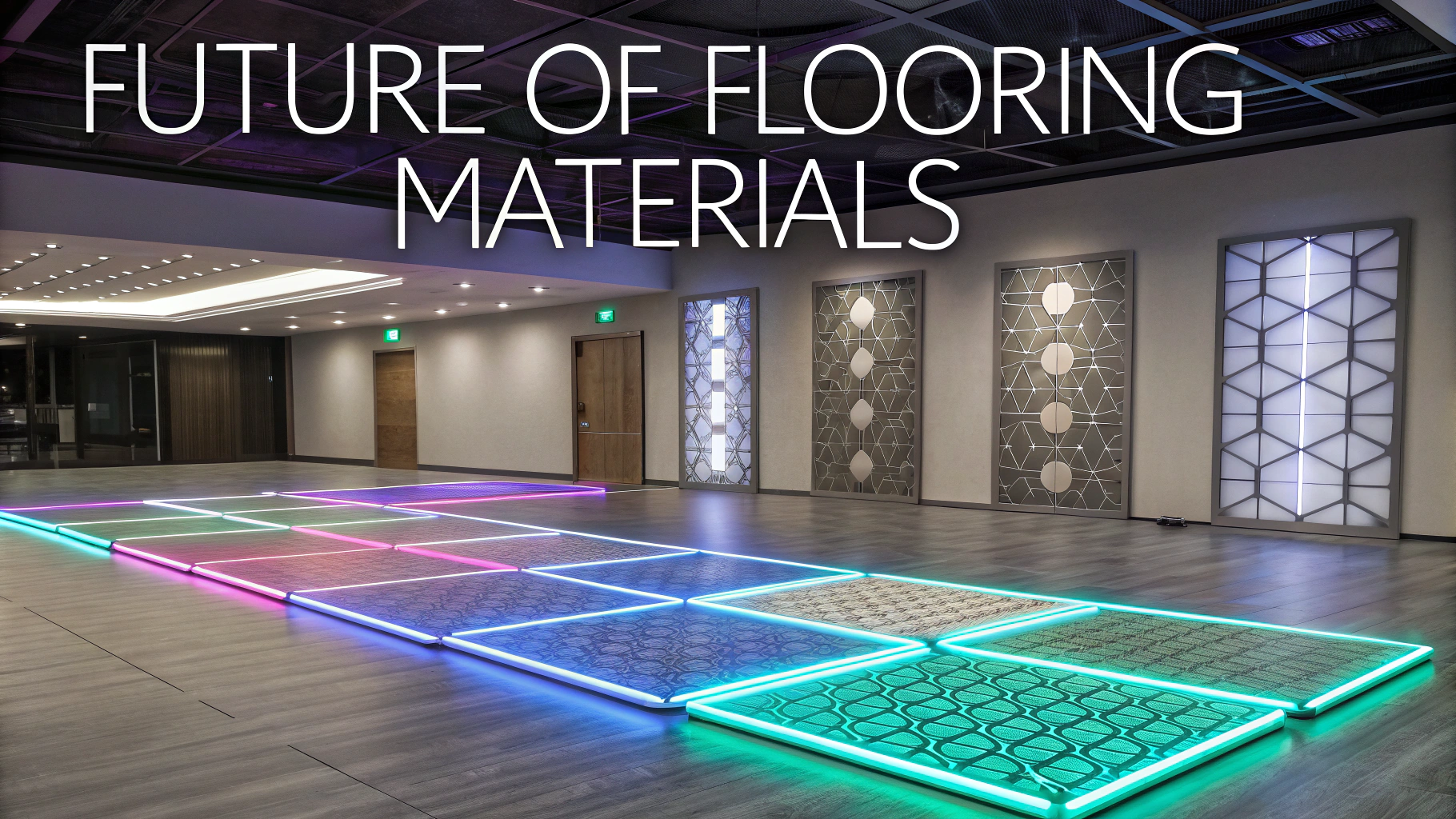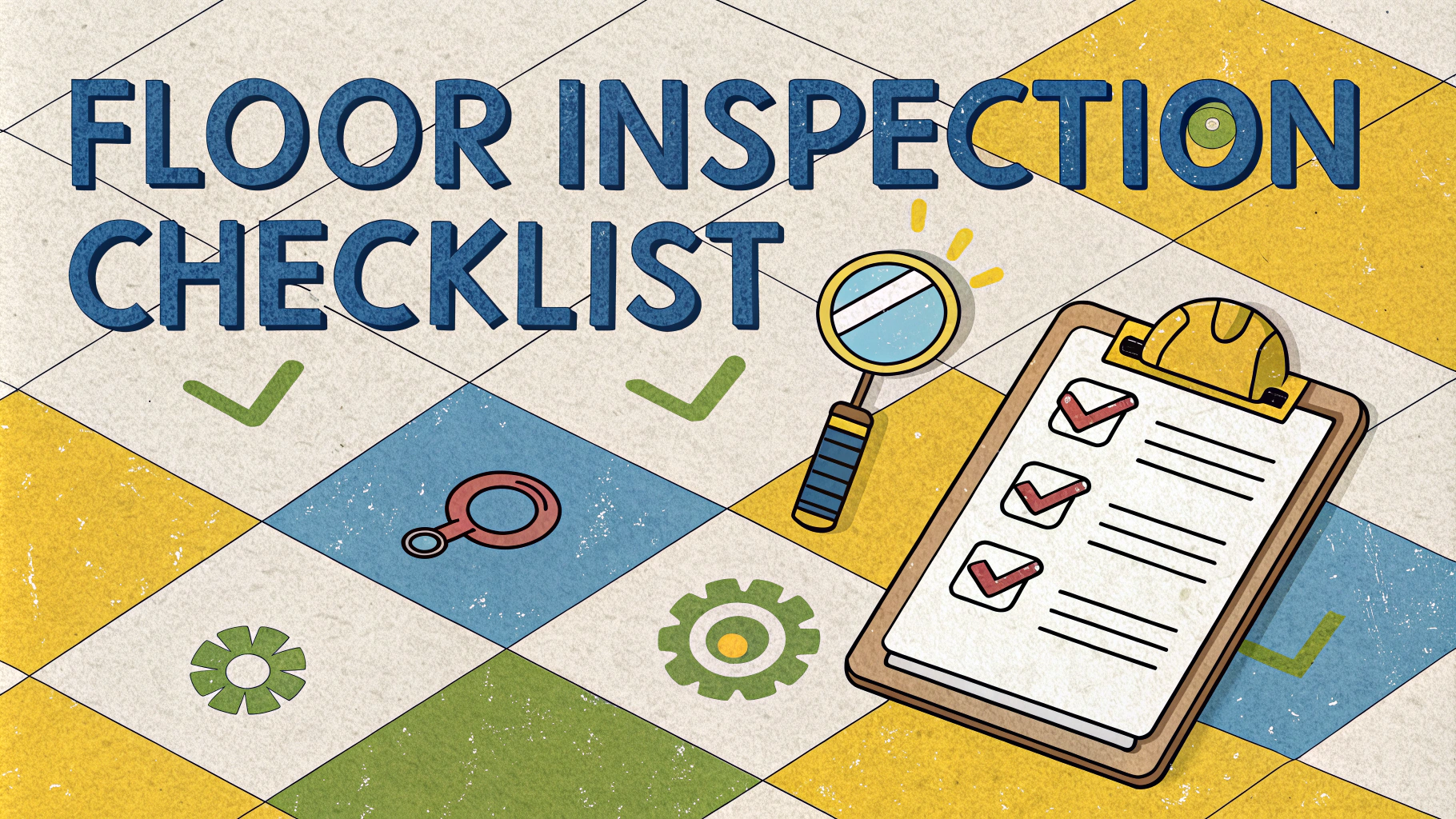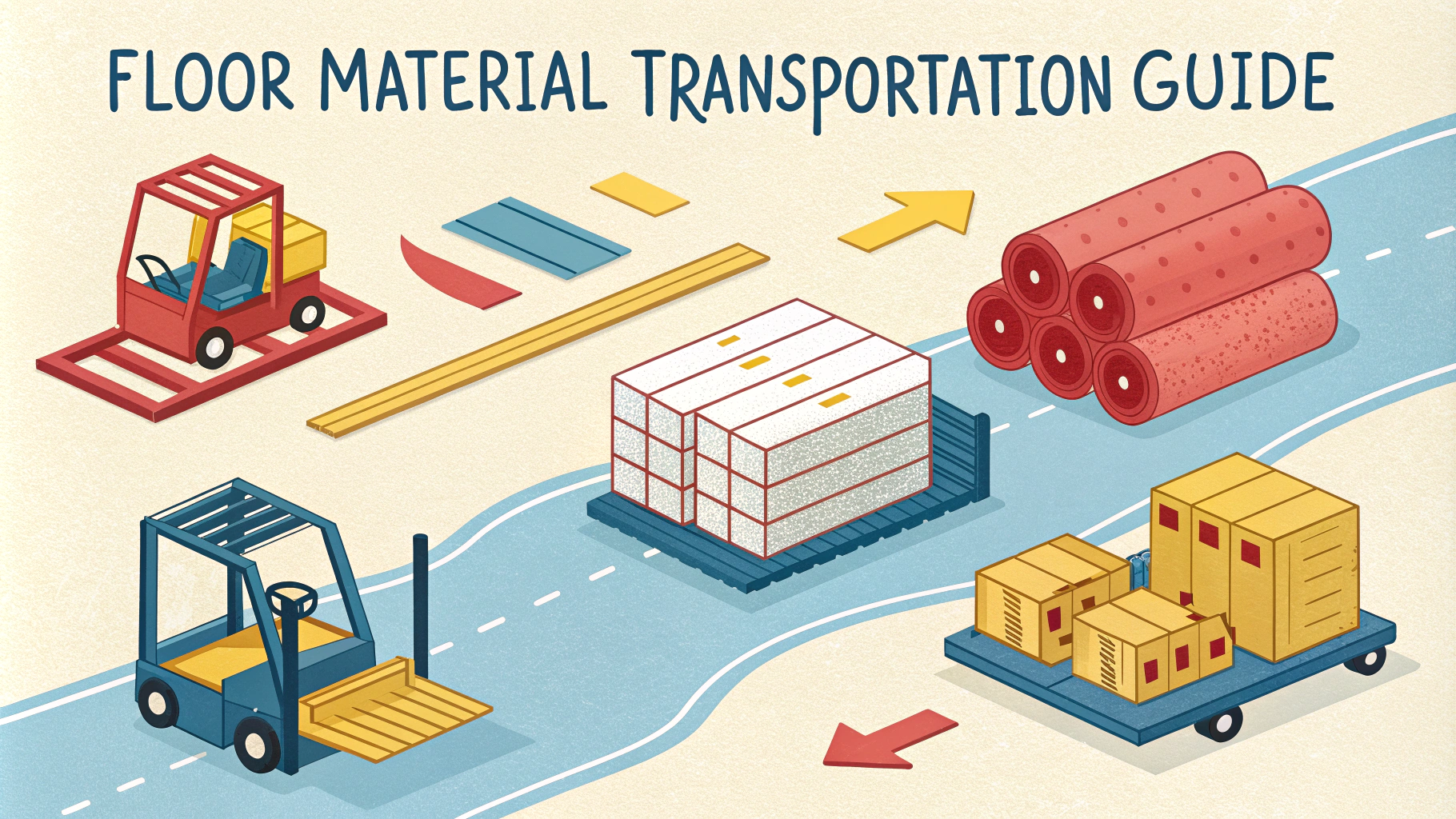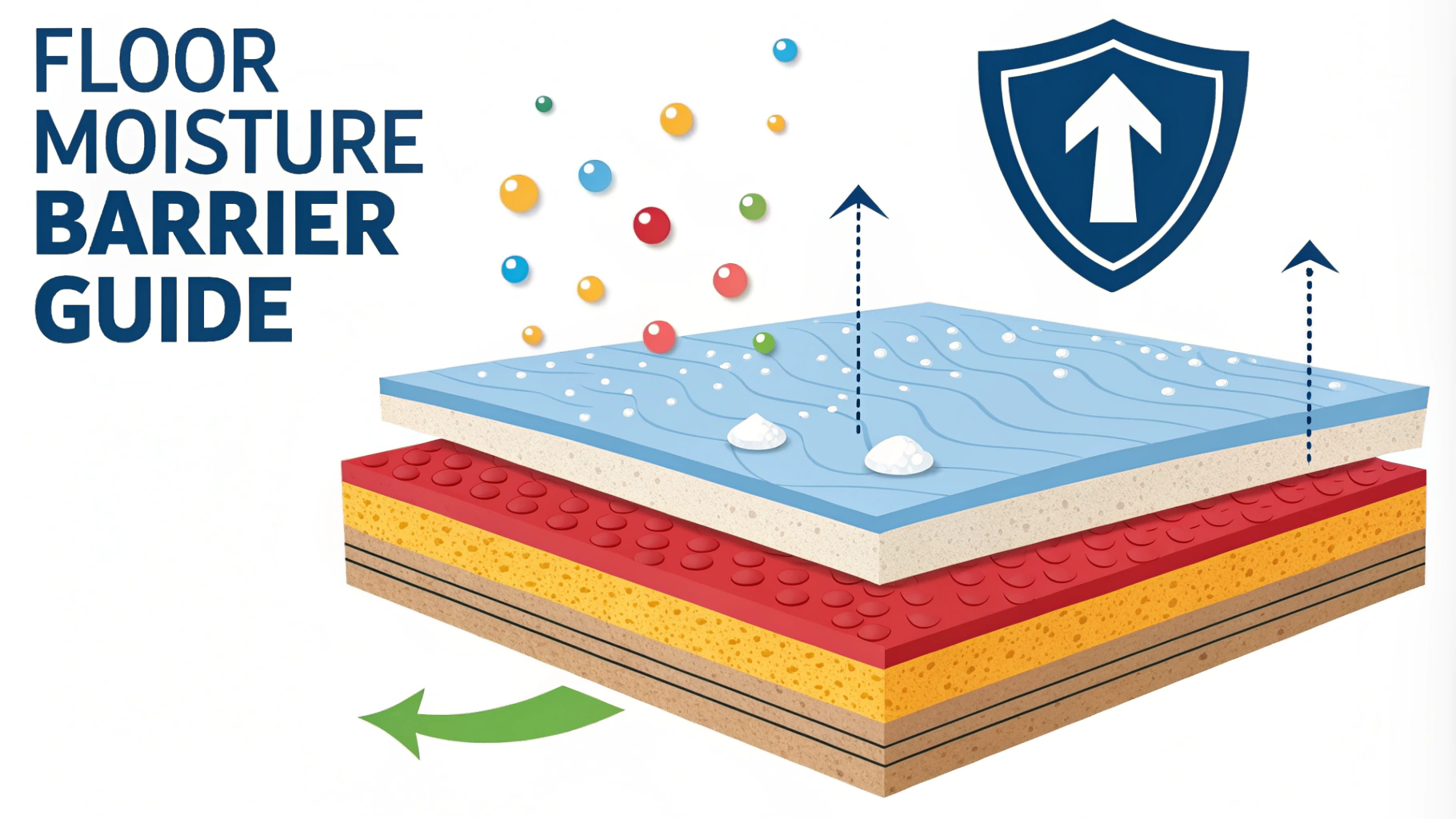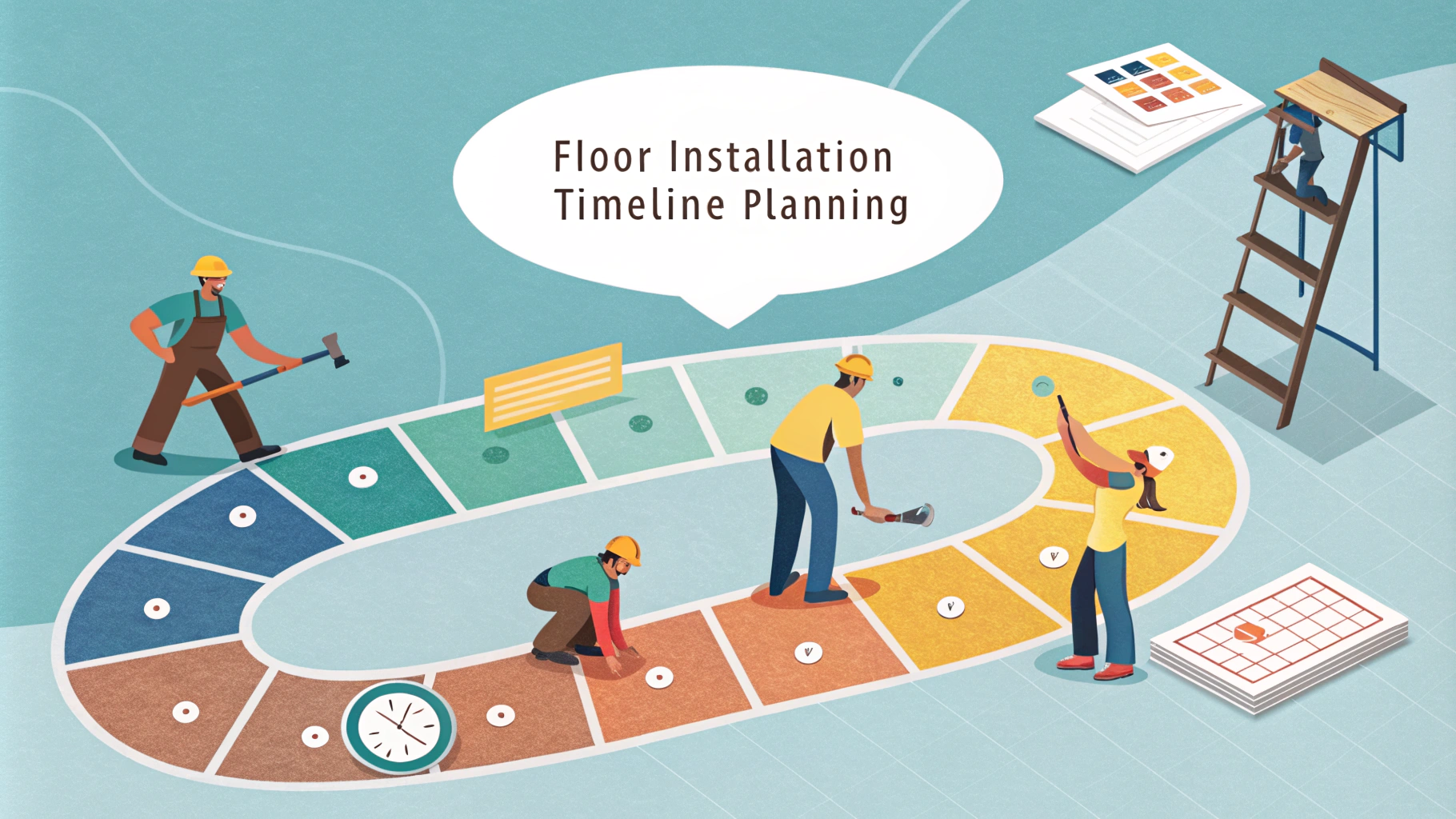Living in an apartment with noisy neighbors can seriously impact your quality of life and sleep.
Soundproofing your floors is one of the most effective ways to reduce noise transmission between apartments, whether you’re dealing with impact noise from footsteps or airborne sound from conversations and music.
This guide covers proven floor soundproofing methods that work for both renters and owners, from simple DIY solutions to professional installations.
Understanding Floor Noise Types
- Impact Noise (IIC): Footsteps, dropped items, furniture moving
- Airborne Noise (STC): Voices, music, TV sounds
Quick Solutions for Renters
Area rugs with thick padding can reduce impact noise by up to 30%.
Install interlocking foam mats under furniture and high-traffic areas.
Use furniture pads under table and chair legs to minimize scraping sounds.
Professional Soundproofing Methods
- Mass Loaded Vinyl (MLV): Dense barrier that blocks airborne sound
- Green Glue Compound: Converts sound energy to heat between layers
- Cork Underlayment: Natural material that absorbs impact noise
- Resilient Channels: Metal strips that decouple floor from joists
Step-by-Step Installation Guide
- Remove existing flooring and clean subfloor thoroughly
- Install resilient channels perpendicular to floor joists
- Apply mass loaded vinyl layer
- Add Green Glue and second plywood layer
- Install final flooring material
Recommended Materials
| Material | Cost Range | Effectiveness |
|---|---|---|
| Mass Loaded Vinyl | $1.50-2.50/sq ft | High |
| Green Glue | $0.50-1.00/sq ft | Medium-High |
| Cork Underlayment | $2.00-4.00/sq ft | Medium |
Legal Considerations
Check your lease agreement or condo bylaws before making permanent modifications.
Some localities require minimum sound ratings for multi-unit buildings.
Professional installation may be required to maintain warranty coverage.
Getting Professional Help
Contact the National Association of Homebuilders (www.nahb.org) to find certified acoustic installers.
Request sound transmission tests before and after installation to verify results.
Always get multiple quotes and check contractor references.
Next Steps for Better Sound Control
Start with simple solutions like rugs and furniture pads to test their effectiveness.
Document noise issues and discuss options with your property manager or HOA.
Consider consulting an acoustic engineer for complex noise problems.
Maintenance and Long-Term Care
Regular inspection of soundproofing materials ensures optimal performance over time.
Replace worn area rugs and padding every 3-5 years for consistent noise reduction.
Check resilient channels annually for signs of loosening or damage.
Common Mistakes to Avoid
- Skipping the subfloor preparation stage
- Using inadequate material thickness
- Creating sound bridges with poorly installed channels
- Forgetting to seal perimeter gaps
Additional Noise Reduction Tips
Furniture Placement
Position heavy furniture against shared walls to absorb sound.
Create buffer zones between high-activity areas and neighbors.
Time Management
Schedule noisy activities during reasonable hours.
Communicate with neighbors about renovation schedules.
Creating Your Peaceful Living Space
Effective floor soundproofing combines proper materials, correct installation, and thoughtful daily habits.
Consider your budget, living situation, and noise reduction goals when choosing solutions.
Remember that layered approaches typically yield the best results for comprehensive sound control.
FAQs
- What are the most effective materials for soundproofing apartment floors?
Mass loaded vinyl (MLV), cork underlayment, rubber mats, acoustic foam, and Green Glue compound are among the most effective soundproofing materials for floors. - How much does it typically cost to soundproof an apartment floor?
The cost ranges from $3 to $15 per square foot, depending on materials and methods used. Professional installation can add $2-5 per square foot. - Can I soundproof my apartment floor without removing existing flooring?
Yes, you can add soundproofing by installing interlocking foam mats, thick rugs with sound-absorbing pads, or rubber underlayment over existing flooring. - What’s the difference between impact noise and airborne noise reduction?
Impact noise (IIC) refers to footsteps and dropped objects, while airborne noise (STC) refers to voices and music. Different materials target different types of noise. - Do I need permission from my landlord to soundproof my apartment floor?
Yes, structural modifications require landlord approval. However, temporary solutions like rugs and mats usually don’t need permission. - What is the most effective layering system for soundproofing floors?
A combination of mass loaded vinyl, followed by a rubber underlayment, topped with acoustic foam and finished flooring provides optimal sound reduction. - How much sound reduction can I expect from soundproofing my floor?
Professional soundproofing can reduce noise by 25-35 decibels, while DIY solutions typically achieve 10-20 decibels of reduction. - Which flooring type is naturally best for sound reduction?
Cork flooring naturally provides excellent sound absorption, followed by carpet with padding. Hardwood and laminate are less effective without additional soundproofing. - How do I soundproof floors in a multi-story apartment building?
Install a floating floor system with acoustic underlayment, ensure proper sealing around edges, and use resilient channels if ceiling access is available. - What are the building code requirements for floor soundproofing in apartments?
Most building codes require a minimum Impact Insulation Class (IIC) of 50 and Sound Transmission Class (STC) of 50 for floor-ceiling assemblies.

